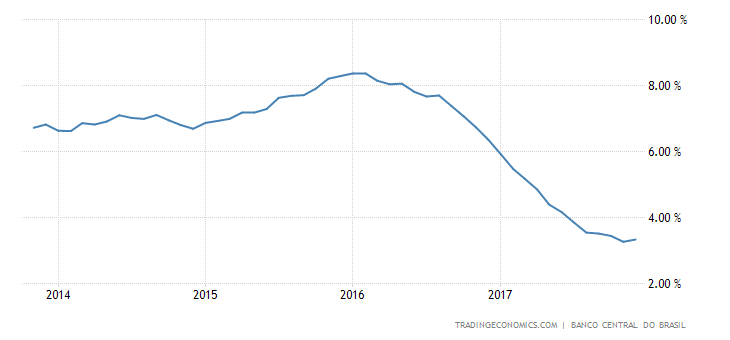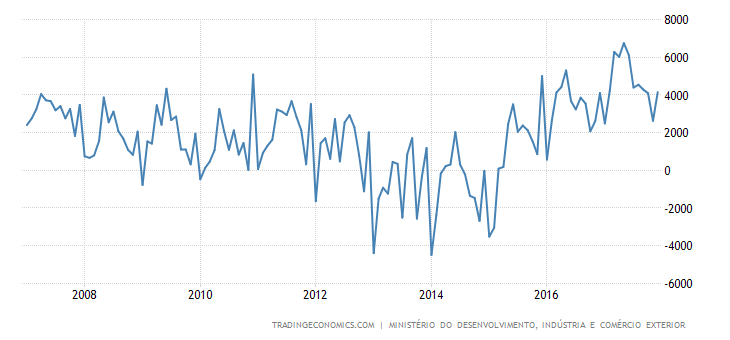Uranium 10.2% (as of 11/30/17, in the Commodity Book)
OM outlined his initial thesis on Uranium
stocks back in April. Here’s the brief recap…
- After a multi-year price war as suppliers
sought to build/maintain market share, 2 producers now control over 50% of
supply. It also takes years (literally, 5-7 years) to test drill, permit
and build a mine.
- The primary demand is nuclear power
plants. The 2011 Fukushima earthquake resulted in mass shut-downs (Japan
and Germany) but we’re very slowly seeing Japanese plants come back online and
new plants being approved and built (China and India). Existing plants
have long-term contracts (2-10years), with the majority coming due in
2018-2020.
The combination resulted in an industry
operating with the price of the commodity beneath the cost of its production.
Yet, illogically, nobody wanted to cut production and so the suppliers kept
producing at negative cashflows even as nuclear plants remained sidelined (or
on the drawing board) post-Fukushima. Lo and behold, uranium and the
suppliers’ stocks got monkey-hammered (or insert your dramatic adjective of
choice), with the URA ETF collapsing 80-90% from its 2011 peak.
However, irrationality can only last so long, and
(almost) nothing goes down forever. After a brutal five years of cash
flow negative production, and no investment, sanity finally returned. The
two biggest players (Cameco and Kazatomprom) both announced production cuts in
2016, and URA confirmed a yearly uptrend in 2017 (the price was higher than any
level seen in 2016). Despite volatility,
URA never retreated to its 2016 low, and the combination of the fundamentals
and technicals was enough for OM to take an initial position.
So what has changed? Cameco just threw
in the towel!! It shut down two of its
Canadian mines, one of which is the largest in the world (11% of supply) for at
least 10 months. The shut downs come replete with some dazzlingly blunt
comments from the CEO, including that due to the oversupply in the market “it does not make economic sense for us to continue producing at McArthur River and Key Lake” and “we can actually buy uranium cheaper than we can produce it.”
Read that last one again, and let your mind boggle. The CEO of the 2nd
largest uranium producer in the world, closed down the world’s largest uranium
mine (which is in the bottom half of the total cash cost curve globally)
because it is cheaper to buy uranium in the open market.
With evidence of supply-side discipline
finally arriving did OM go out and buy some more uranium? Hell yeah, he
did – adding to URA and starting a small position in NexGen Energy (NXA, which
owns attractive deposits in the Athabasca Basin, Canada) in the days following
Cameco’s announcement.
STOP THE PRESSES
OM intended to post the above over the
weekend. Thankfully, his failure to do so, means that this post isn’t
already out-of-date. Why? Well, I’m glad you asked! In the above
post, OM had studiously avoided the rumors that the Cameco cut was
choreographed with Kazatomprom, who would announce something similar when the
dust had settled.
Want to guess the news that OM woke up to
today? Another England collapse in the Ashes, of course. But other than that? Oh, just
Kazakhstan saying it will reduce its uranium output by 20% over the next three-years starting in January, thereby cutting global uranium supply by
another ~10% over that period.
Surely a coincidence that the two
biggest players cut supply within weeks of each other to balance (if not more)
and over-supplied market. What fortunate timing too, given most long-term
supply contracts are coming due over the next 3-years. The intriguing
thing about market-related psychology is that it can work in both
directions. Will the disciplined nuclear utilities, who saw an
over-supplied market and were content to run down their inventories now see a
market that’s moving towards being under-supplied and race each other to secure
new long-term contracts? After all, I’m sure Cameco and Kazatomprom
are well aware that the last time there were large contract rolls, which coincided
with supply disruption (due to the flooding of the Cigar Lake mine), it was 2006
and spot uranium went up 4x in less than 18months.
)

